Dogs are the most loyal and loving animals you could ever encounter, but they can often be very aggressive depending on their temperament.
However, early training and socialization can help curb their aggressive behavior. Sometimes, it can change quickly they are injured, poorly treated, or experience trauma.
There are instances when some dog species have been known to attack humans and other animals.
Some popular aggressive dog species are known to be Pit Bull, German Shepherds, Doberman Pinschers, Rottweilers, Dogo Argentinos, Chow chows, Boxers, Dachshunds, Dalmatians, and Wolf-Dog Hybrids.
No dog breed comes with a 100% guarantee that it will not attack.
Read on to learn about some of the most aggressive dogs in the world and why they are considered dangerous pets.
10 Most Aggressive Dogs in the World
When looking at dog bite statistics, the distressing figures paint a clear picture –it is hard to believe that a man's four-legged friend could cause danger to someone you care about.
More than 4.5 million dog bites occur yearly across the country, and 30 to 50 people are killed by dogs annually.
It will also tell you how to look after them and ensure you keep them happy and healthy.
If you want to know which aggressive dogs you should be careful with, here are the world's top ten most aggressive dogs.
1. American Pit Bull Terrier
American Pit Bull is one of the world's most aggressive and dangerous dogs and has been banned by many countries.
Its ancestors were 19th-century terriers and bulldogs from the United Kingdom, and the breed took shape in North America in the late 19th century.
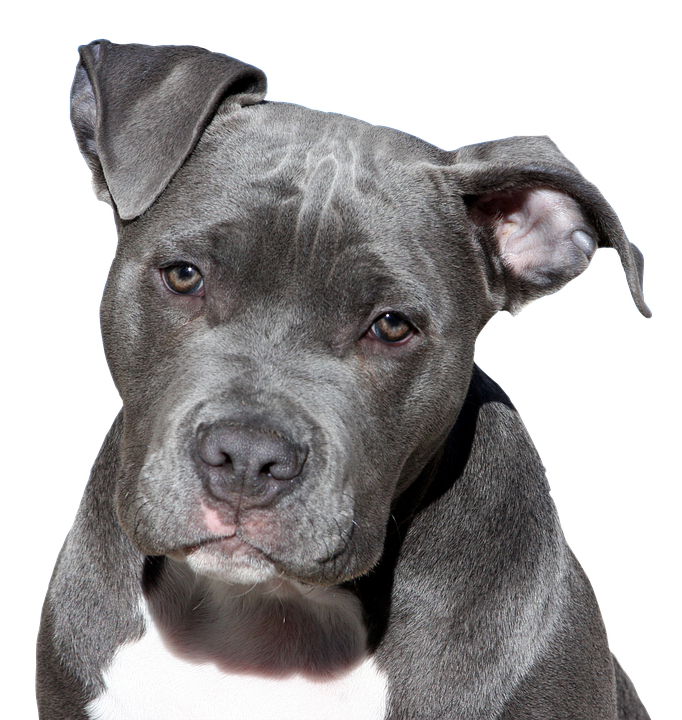
According to research conducted between 2005 and 2017, dogs killed 433 Americans. Of these deaths, 66% (284) were caused by pit bulls.
- Average Weight: 30 to 80 pounds
- Average Height: 17 to 19 inches
- Lifespan: 12 to 14 years
Despite their bad reputation, pit bulls can make the most amazing companions. They are also known for forming strong bonds with their families.
If you are considering bringing an American Pit Bull Terrier to your home, here are a few tips to help them socialize.
- Make them socialize at a young age to be comfortable with various people and other animals.
- As they are highly active, they require plenty of exercise to keep them healthy.
- Train them in obedience tasks, like sitting, eating, run, with positive reinforcement techniques.
- Keep them separate while no one is at home to supervise.
- As Pit bulls are muscular and high-energy dogs, get them involved in something by giving them toys or chews.
- The breed has short coats that are easy to groom and clean. They do not need frequent baths.
- Feed them high-quality dog food that is formulated for active dogs.
- They should not be left outside for long because they cannot tolerate the cold well.
- Take your dog to your veterinarian for a regular health check-up and routine care.
This is not a breed for everyone, mainly those unwilling to invest time in training and socialization and unable to provide consistent, firm guidance.
2. Rottweilers
Rottweilers, also known as Butcher’s dogs, are staunch, dedicated, and loyal dogs primarily used in Roman times for bear hunting, cart pulling, and cattle herding.
It is one of the most common breeds in the United States today.
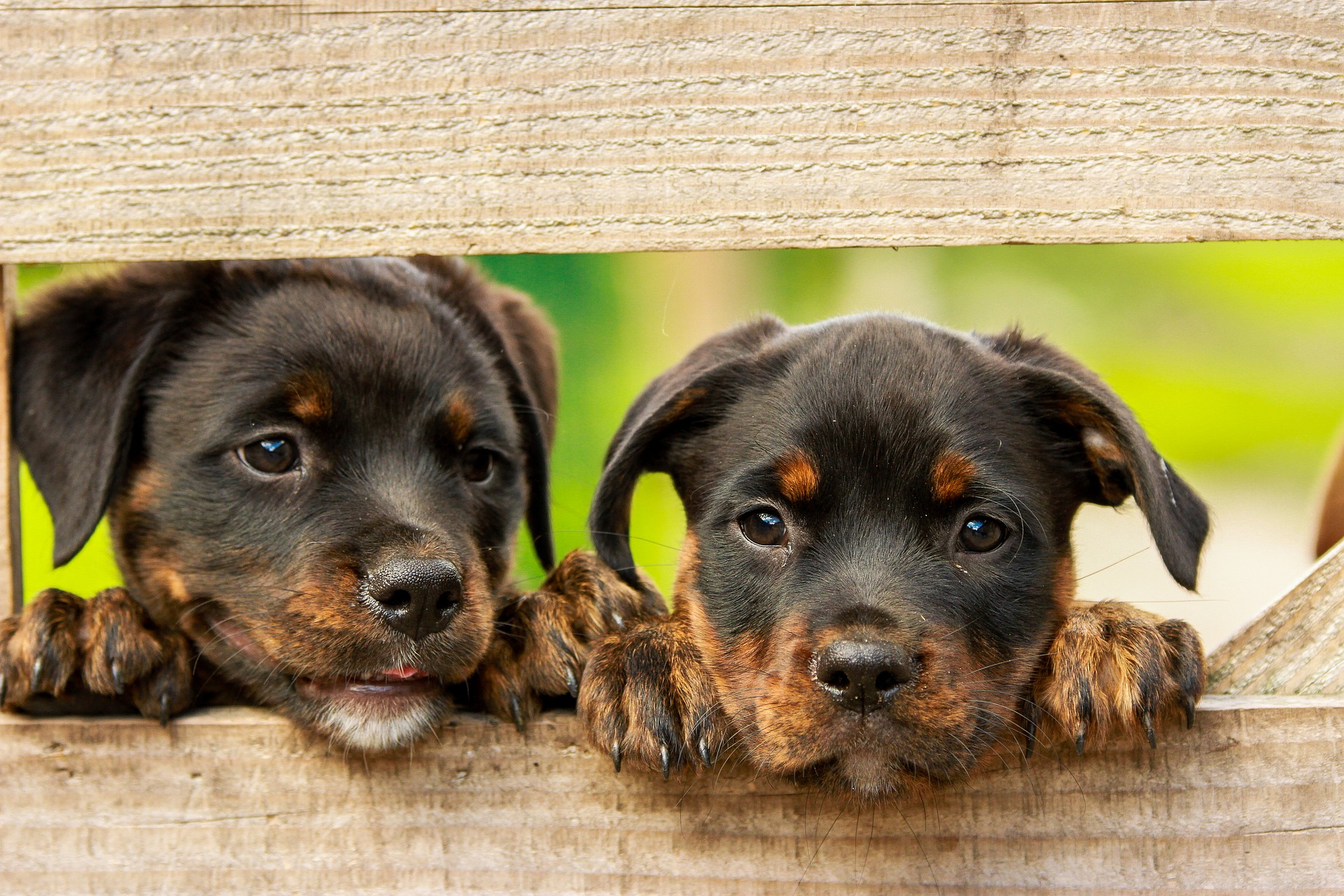
Interestingly, Rottweilers have been one of the many dog breeds humans have considered friends and protectors.
- Average Weight: 80 to 100 pounds or 95 to 135 pounds males
- Average Height: 22 to 27 inches
- Lifespan: 9 to 10 years
However, these little lovelies can sometimes be aggressive aside from the unique adjectives used to describe them.
Many people fear petting them because of the news that it is the second most lethal dog breed, accounting for fatal attacks.
Rottweilers can be wonderful pets and excellent guard dogs when raised from puppies and trained well. It has proven to be all shades of working dogs that fit in as service, guard dogs, or family pets.
If you are considering adding a Rottweiler puppy to your family, there are a few things you should follow that can help you to raise it.
- Rottweilers have short coats that are pretty low-maintenance. A weekly brush should be enough to stay on top of any dead hairs and keep their coat looking shiny.
- This dog’s diet will vary depending on its age. Feed them a complete, age-appropriate commercial dog food to keep them healthy and slim.
- They need plenty of exercise. Take them on at least two walks a day.
- In addition to walks, you also should spend some time each day playing with Rottweilers.
- A routine medical check-up is needed to help detect any health issues.
- Socialization is a necessity for them as puppies. Do not forget to introduce children, cats, and anything else you want your dog to be familiar with and comfortable with.
Early socialization and appropriate teaching behavior will help bring out the best in your dog.
3. Doberman Pinschers
Doberman Pinschers were initially bred in Germany as security dogs and have been used as working dogs for law enforcement ever since.
They are highly energetic and intelligent dogs performing well in police and military work, canine sports, and family guardians and companions.
- Average Weight: 60 to 100 pounds
- Average Height: 24 to 28 inches
- Lifespan: 10 to 13 years
Despite their positive qualities, the Doberman is not the right breed for everyone. They have a reputation for aggression that is not entirely undeserved.
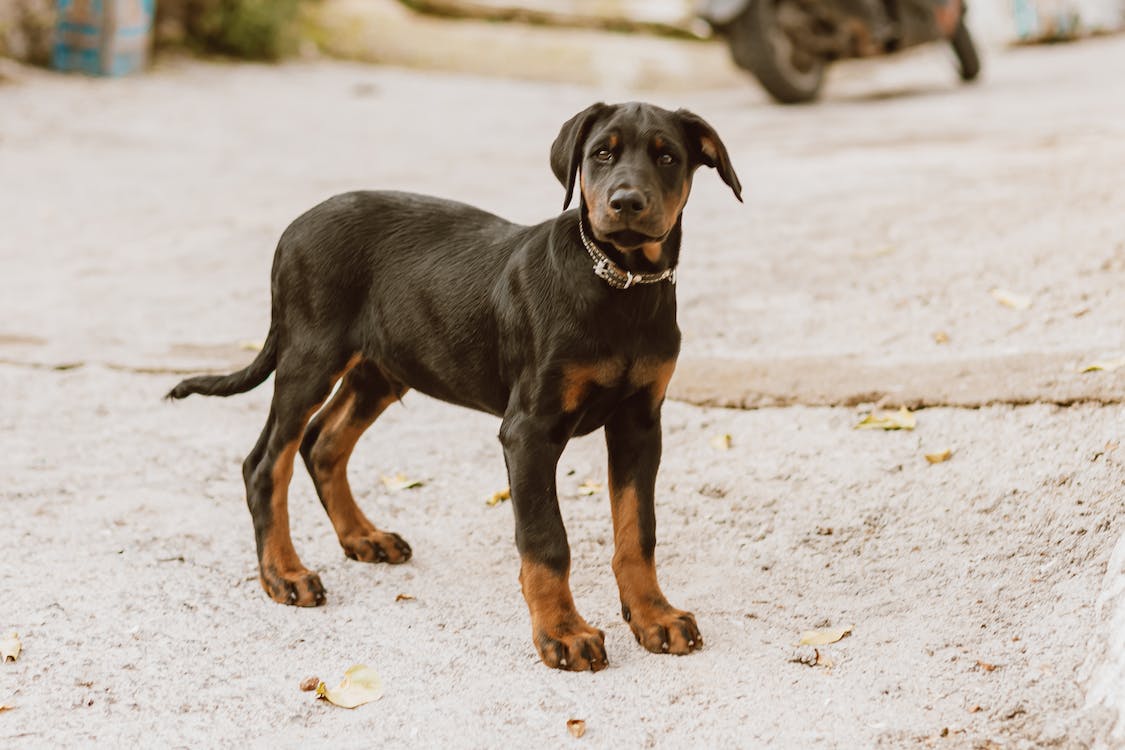
They can be aggressive toward people they do not know out of fear or when they want to defend their owners.
However, Dobermans are one of the most intelligent dog breeds and are very trainable. With proper training and socialization, they can be friendly dogs that make great companion pets.
While dealing with Dobermans dogs, there are things you should be responsible for.
- Avoid leaving them all by themself for long periods.
- Provide a consistent training and socialization routine early to encourage good behavior and redirect undesired behaviors.
- Feed them a veterinarian-approved age-appropriate diet.
- They are highly active both physically and mentally. Give them toys with mental challenges to keep them from becoming bored and aggressive.
- While this breed has a short coat, regular brushing at least twice a week is a good idea to keep them clean and help them manage to shed.
If you are considering getting a Doberman, you should learn about the dog's pedigree and ensure it has not been bred from fighter lines.
4. German Shepherds
The German shepherd dog belongs to the family of German herding dogs. Despite their early origins, the German shepherd did not become popular in the United States till the early twentieth century.
It is one of the favorite breeds for most people and is considered a dangerous dog due to its size and strength.
- Average Weight: 48 to 70 pounds female and 66 to 88 pounds male
- Average Height: 22 to 26 inches
- Lifespan: 12 to 14 years
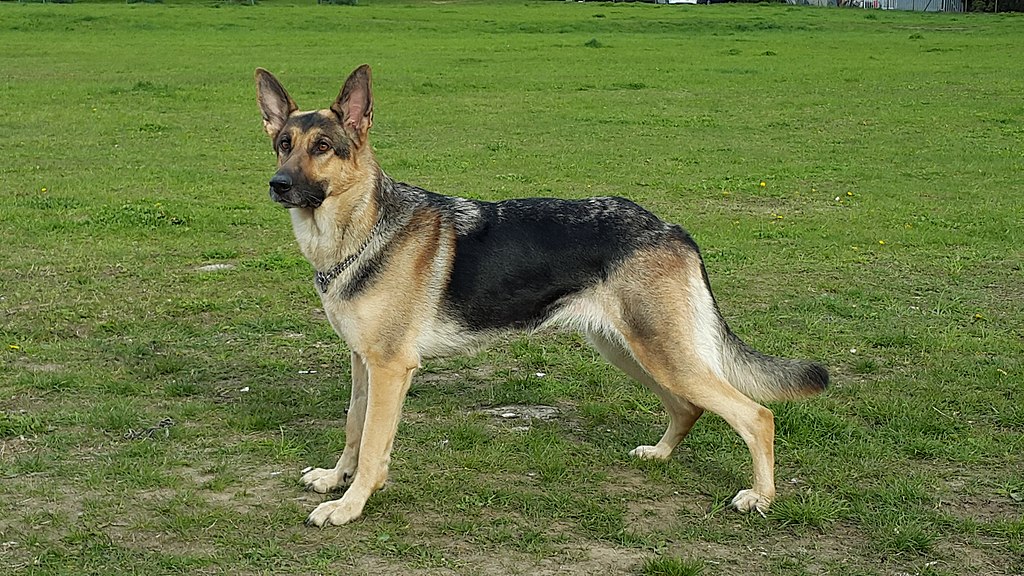
As the German shepherd was bred from sheepherding dogs, they carry many characteristics associated with herding dogs.
While these characteristics can benefit the farm, they can be aggressive if not properly trained.
However, these dogs in a loving environment do not pose much threat if they are properly socialized and trained.
Here are things to be aware of when dealing with German shepherd dogs.
- Initially, it would help if you kept your dog on a leash for walks to keep a safe distance from other people and dogs.
- Feed them a nutritious diet to maintain good health and promote longevity.
- Make the dog exercise for at least a total of 45 minutes each day.
- As they are a breed to be doing something, get them toys, treats, or chews to let them engage with something.
- If your dog shows aggressive traits repeatedly, get them involved in a professional training
- At least twice a week, brush your dog's coat.
- Regular visits to a veterinarian to ensure they get all the vaccinations timely and avoid other health risks.
Caring for a German shepherd is not difficult if you are willing to put in the time and effort.
It may appear overwhelming at first to see all the things you need to do, but doing them one at a time becomes easy.
5. Dogo Argentinos
As their name suggests, Dogo Argentinos were initially bred in Argentina to hunt large animals such as puma and boar.
This large working breed arrived in the United States in the 1970s and is still relatively rare.
They are known for their aggressive tendencies and, as a result, are banned in some countries for this reason.
- Average Weight: 88 to 100 pounds
- Average Height: 24 to 27 inches
- Lifespan: 9 to 15 years
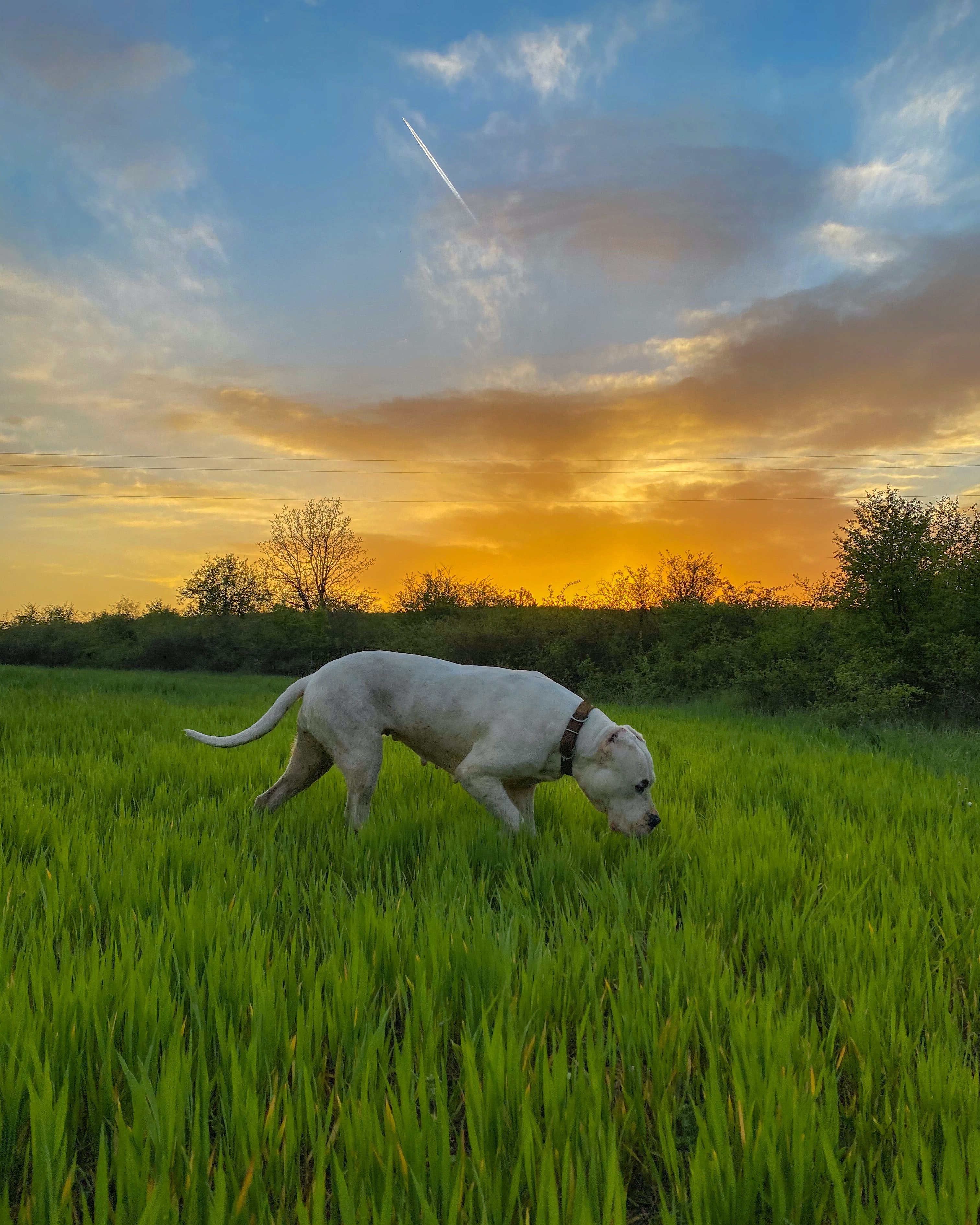
They can be friendly and loyal, but you must spend time socializing with them thoroughly to avoid aggressive behavior.
Still, this dog breed is typically not recommended for first-time dog owners because it requires careful and consistent training and socialization.
However, if you plan to have one, you should be responsible for the following things.
- This high-energy breed needs a lot of exercises and should be taken on several walks and hike daily.
- If they stay inactive, they start to misbehave, so give them toys or treats to keep them occupied.
- Since this is a short-haired dog, brushing them with a soft brush once or twice a week will keep them neat.
- This breed needs a nutritionally balanced canine diet.
- Ensure your dog is always on a leash when out, as its intense prey drive might compel them to flee fast if not controlled.
- Aim to train and socialize as young as possible; these dogs can be challenging to manage if they are ill-mannered, big, and strong adults.
The Dogo Argentino breed is best for experienced pet parents who understand the value of consistency in training.
They should be kept in homes with large backyards, and there should not be other pets or children.
Check this infographics below:
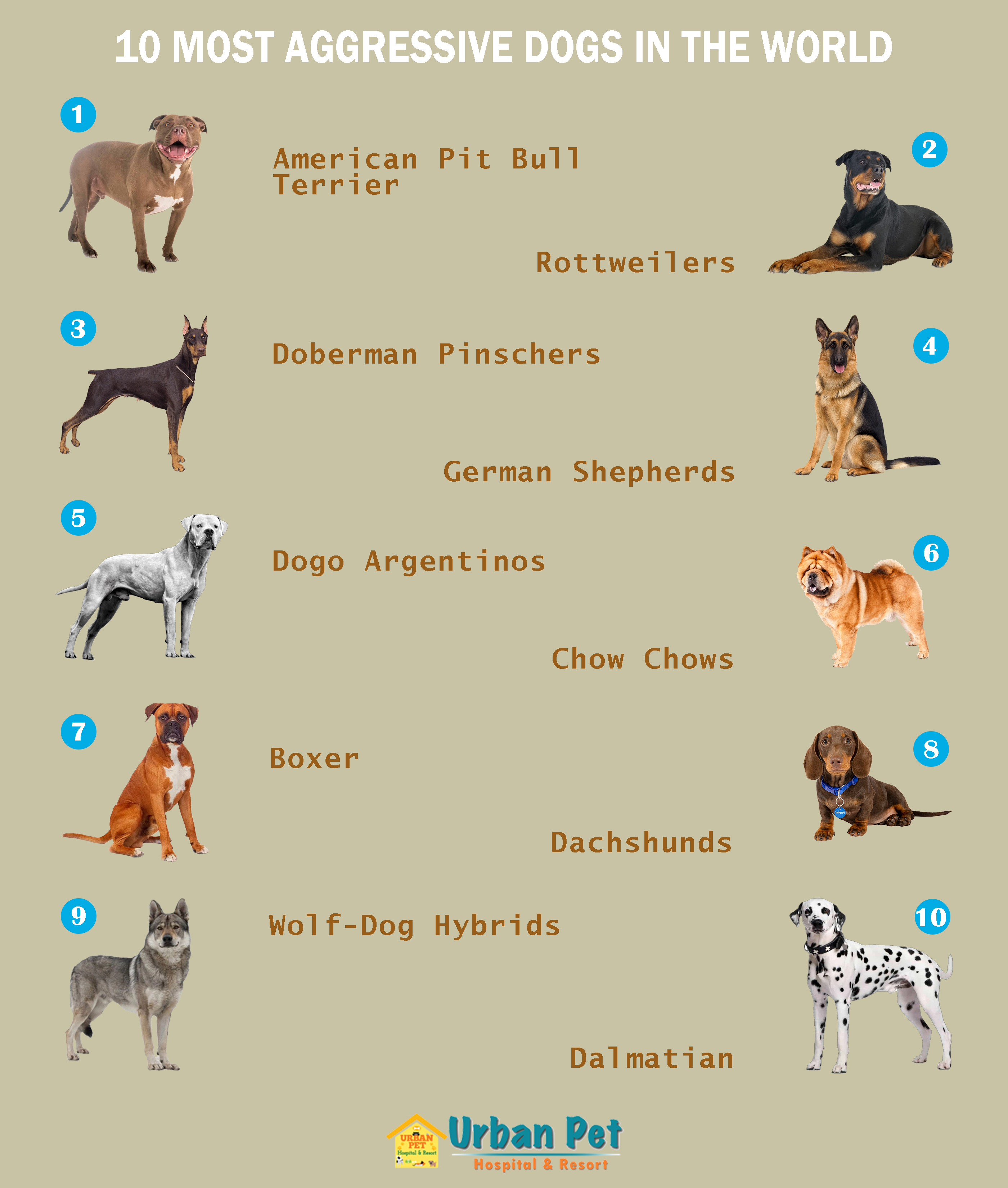
6. Chow Chows
Chow chows are one of the oldest Chinese dog breeds. These dogs have served as sled pullers, hunters, and livestock guarders.
The various jobs Chow Chows have held throughout their long history have produced a dog with a stubborn streak that is intensely loyal to their family and highly protective of their loved ones.
Despite their small size, they can be furious and distrustful of strangers.
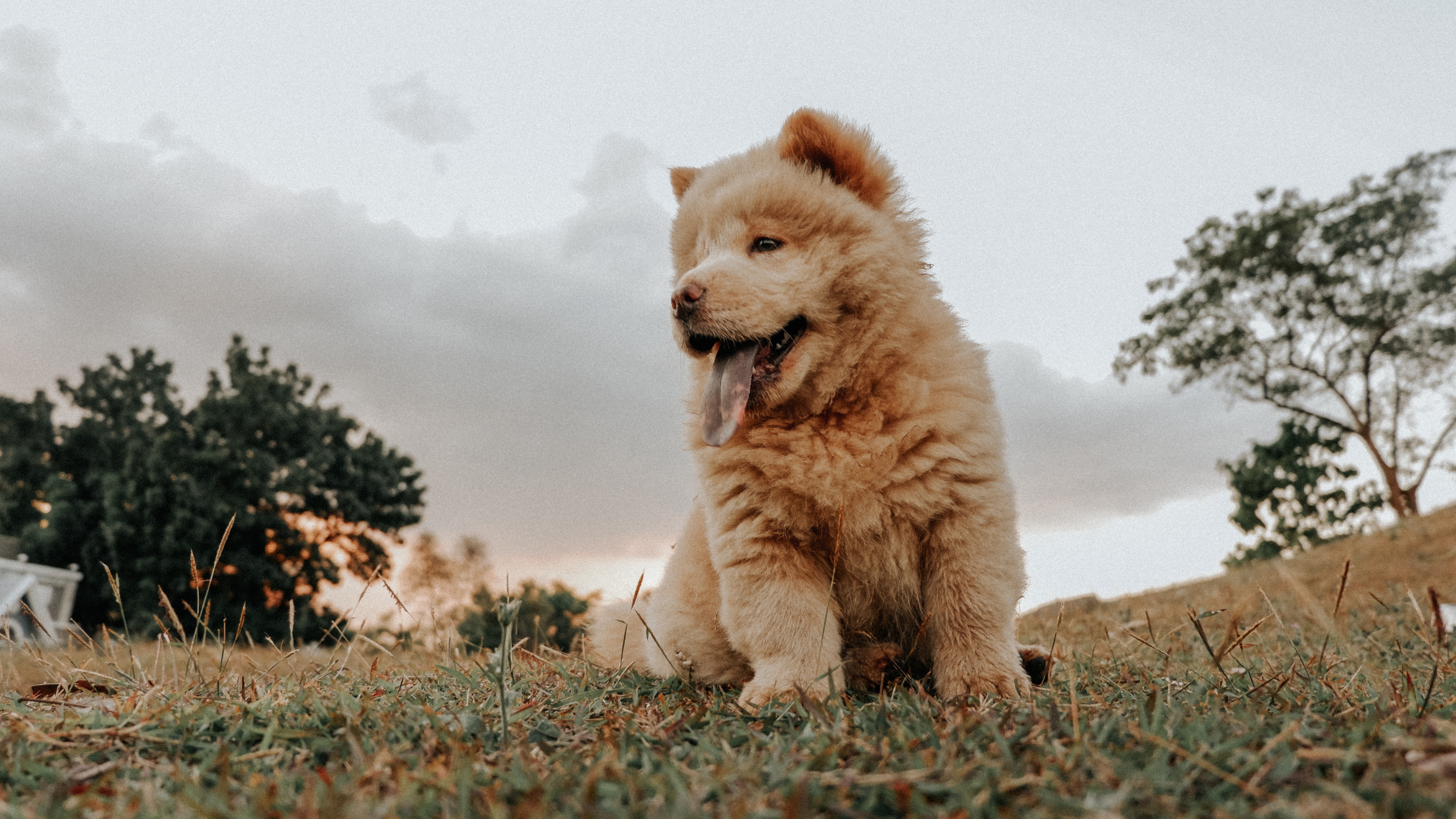
Even studies found them in the top three breeds responsible for dog bite-related fatalities.
- Average Weight: 45 to 70 pounds
- Average Height: 17 to 20 inches
- Lifespan: 8 to 12 years
Every dog has the potential to be aggressive, but some dogs are more likely than others. Chow Chows can be fiercely territorial and have a naturally dominant personality.
So prepare yourself for an energetic and fierce territorial addition to your household.
- As Chow Chows are very independent and aloof, they need an owner who appreciates those traits by won’t let the dog take over.
- Ensure they get plenty of early and continual socialization, including exposure to children.
- Training them can be challenging, so they require a firm, patient trainer with plenty of creativity.
- Avoid separation for long periods and ensure you give them enough company as well as alone time.
- They are double-coated, so you must groom them regularly to keep their massive coats in good condition.
- Feed them age-appropriate, high-quality commercial dog food, both wet and dry.
- Chow Chows are quite alert and active. These breeds do not require much exercise, so they live happily in the house.
7. Boxer
Boxers have long been one of America's most popular dog breeds, found widespread across the globe.
Although the origin of boxers is rooted in Germany, it is found in almost every continent.
Over the years, Boxers have done many jobs, including cattle dogs, athletes, police dogs, war dogs, protection, watchdog, and guide dog for the blind.
- Average Weight: 50 to 80 pounds
- Average Height: 22 to 25 inches
- Lifespan: 10 to 12 years
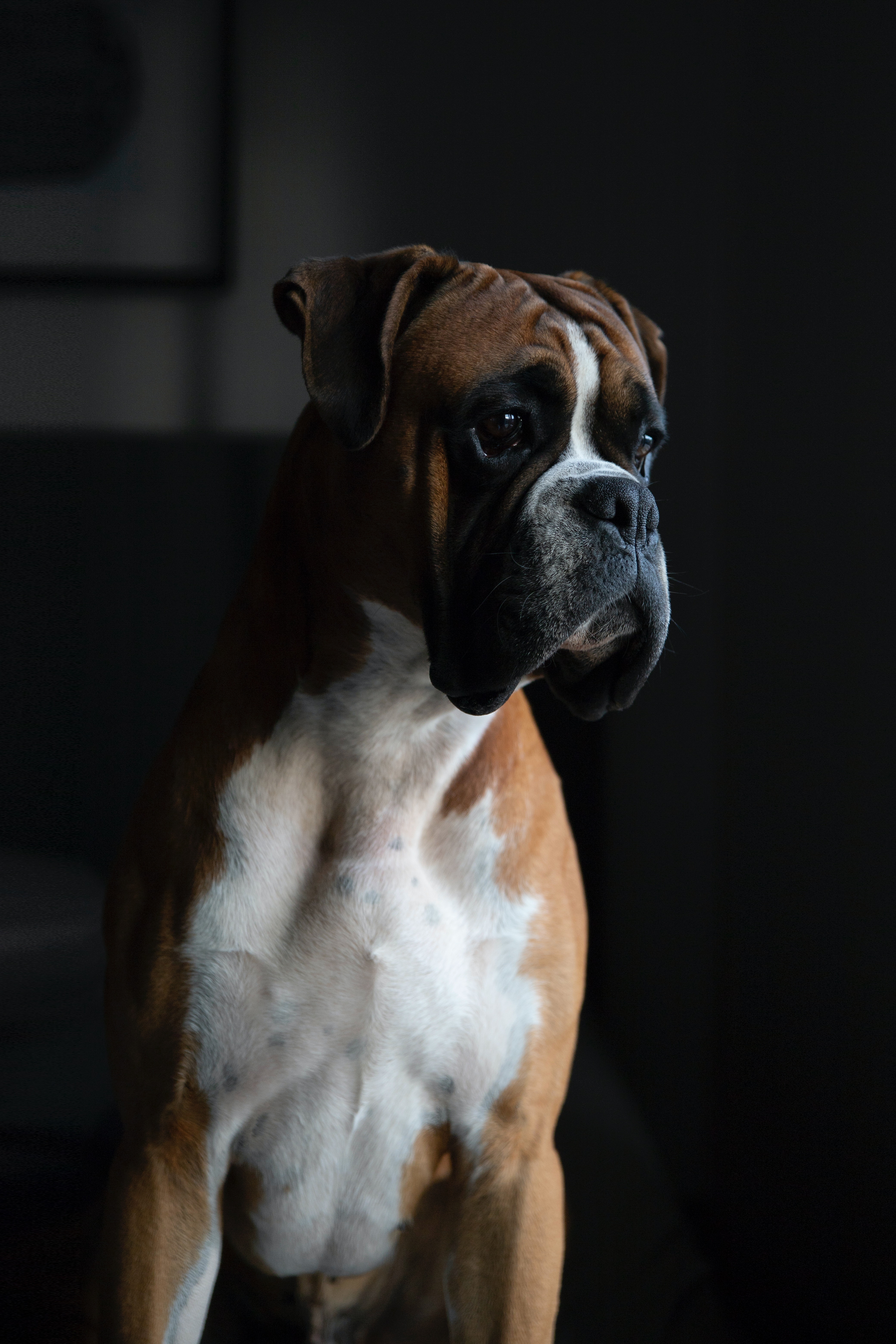
They are energetic dogs who require a lot of exercise. They can become bored or frustrated if they do not get enough exercise, leading to aggressive behavior.
Besides, they can be dangerous because boxers have a powerful bite that can cause serious injury.
Boxers need to be treated with special care due to the brachycephalic dog breed category and several other factors.
- Since boxers are known to be vulnerable to several health problems when compared to other breeds, it is recommended to consult with a veterinarian for their age-appropriate diet.
- Boxers are susceptible to the breathing issue. Their squashed-in-face contributes to breathing difficulties in boxers. Hence it is ideal not to engage this breed excessively in physical activities, especially in summer.
- Take them out for a walk for at least 15 minutes per day.
- They have short hair so grooming them is pretty easy. You can brush them a few times weekly to keep their coat glossy.
- They should always be accompanied; an isolated and lonely puppy can develop early behavioral issues.
With consistent care and socialization, they can be great companions and the best family pets one can ever have.
8. Dachshunds
According to research,
Dachshunds are the most aggressive dog breeds regarding aggression toward people and other animals.
Dachshunds were originally bred to hunt small game. They are self-assured, muscular dogs with no qualms about chasing their prey.
They are genetically predisposed to aggression due to their long history of hunting badgers.
- Average Weight: 16 to 32 pounds
- Average Height: 7 to 11 inches
- Lifespan: 12 to 16 years
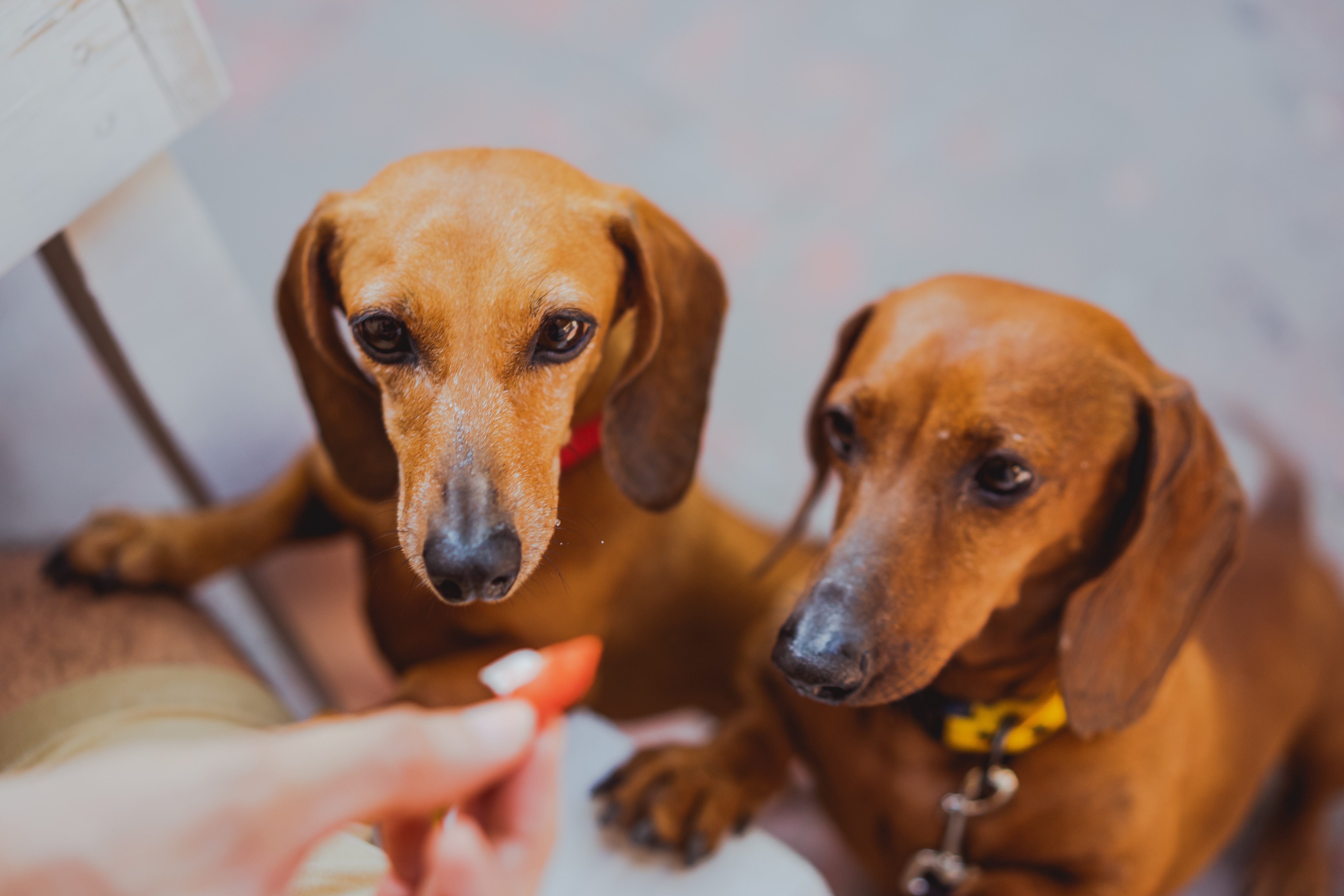
Dachshunds are stubborn and independent, which means they can be dominant. They are most aggressive toward strangers, and while they are unlikely to cause much harm, persistent barking can become an issue.
Proper training, possibly under the supervision of a certified animal behaviorist, can usually resolve the issue.
- Keep your Dachshund physically exercised with daily walks, playtime, and adventures. They are prone to spinal injuries, so do not allow them to jump down from any height.
- Encourage good behavior through positive reinforcement training.
- Offer them mentally stimulating activities where they won’t have to fight for control, such as Kong.
- Feed them quality dog food to keep their weight under control.
- Wirehaired Dachshunds should get professional trimming twice a year.
These dogs can be courageous, loyal companions with consistent training, love, and attention.
9. Wolf-Dog Hybrids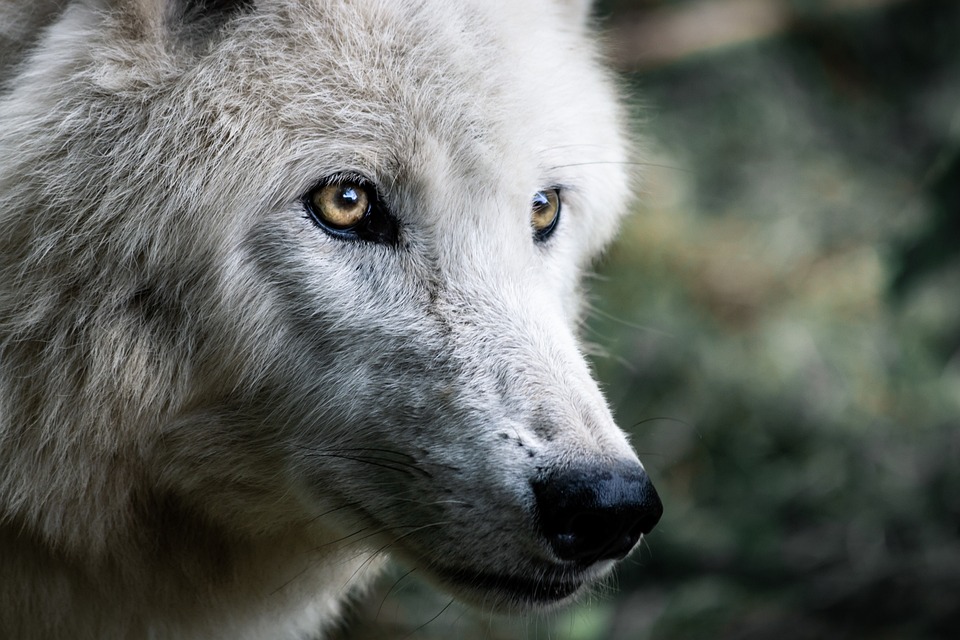
Wolf dogs are known for their erratic and dangerous behavior.
As these dogs are a hybrid of wolf and domestic dog breeds, they can display violent behaviors similar to their wild counterpart.
The population of wolf-dog hybrids has grown substantially in recent years, with experts claiming that there are already over one million pets in the United States.
- Average Weight: 75 to 155 pounds
- Average Height: 26 to 34 inches
- Lifespan: 12 to 14 years
They tend to challenge the pack's alpha member, which could cause issues in a domestic household where you are the pack leader.
The most challenging aspect of adopting a wolf-dog hybrid at a young age is not knowing whether or not the dog will develop aggressive behavior as it matures.
Since they are not usual dogs and are a sensitive breed, they can be challenging for owners to care for.
You should be prepared for yourself if you want this dog an addition to your household.
- Avoid leaving them alone for long periods; otherwise, they will become destructive out of boredom or loneliness.
- Feed them several pounds of raw meat per day. Along with regular meals, most wolf dogs benefit from nutritional supplements.
- Wolf dogs require enormous exercise, three to four hours per day.
- They require extensive training as well as an experienced handler who can devote their full attention to the dog.
- They love to chew, and as their nature is wild, they bite. So indulge them with treats or chew.
- Regularly take them to a vet for professional grooming and health check-ups.
Every year, thousands of wolf-dog hybrids are abandoned, rescued, or euthanized because people buy an animal for which they are unprepared.
Before buying wolves and hybrids, people should learn about their behavior, health, containment, and the laws governing their ownership. Doing this will help both humans and animals.
10. Dalmatian
Nobody knows when or where this breed originated, but it became popular in Dalmatia, which is now Croatia.
They were initially bred as working dogs to lead and protect horse-drawn carriages.
They traveled from Croatia to England as carriage dogs and then to the United States, where they were used for other jobs.
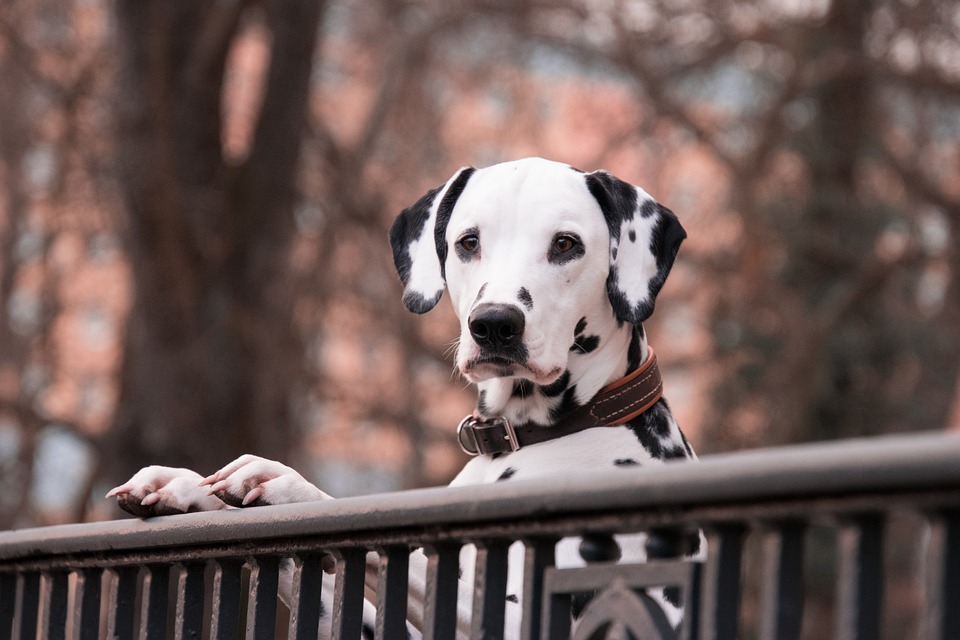
The Dalmatian has the most distinctive coats in the animal kingdom, with delightfully eye-catching black or liver spots.
- Average Weight: 45 to 70 pounds
- Average Height: 19 to 24 inches
- Lifespan: 11 to 13 years
Just like any other dog breed, Dalmatians can show signs of aggression.
Many experts believe this is due to the breed's history as a guard dog, which required them to view all strangers as potential threats.
Dalmatians show aggressive tendencies due to their loyalty and protectiveness, potentially leading to dangerous behavior if not treated or trained correctly.
If you consider bringing a Dalmatian home, you should be responsible for the following things.
- Feed them high-quality, low-protein dog food to keep them healthy.
- They have a high energy level, so they need to work off with running and spirited play at least two hours a day.
- Socialize your Dalmatian puppy every chance to help them become a confident, well-rounded dog.
- Avoid leaving your dog alone for more than four hours.
- Brush their coat daily to control shedding.
- Training your Dalmatian early and consistently will help to instill good habits in them.
- Retain your Dalmatian on a leash outdoors unless you are in a secured, fenced-in area.
Despite their reputation as aggressive dogs, this breed can make a wonderful family pet for the right family.
They are very people-oriented, and nothing makes them happier than being a part of your family's daily activities, especially if they involve being outside or active.
Conclusion
Aggressive dog breeds are not necessarily the most dangerous breeds.
There is a saying among dog fanciers that there is no such thing as a bad dog breed –no dog is dangerous or aggressive by its very nature.
If adopted by a loving family and provided with proper care and training, even the most notorious dog breeds will become friendly and peaceful.
Get in touch with Urban Pet Hospital & Resort, the best pet hospital in Urbandale, to learn more.